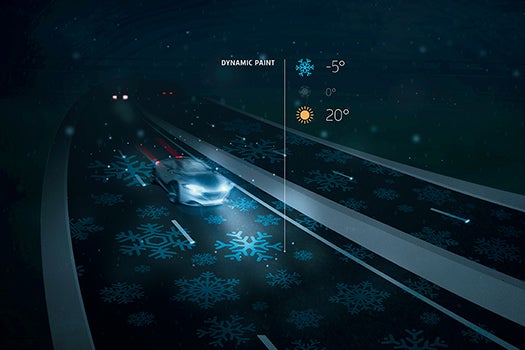The Smart Highway
The “Smart Highway” project (a collaboration between Studio Roosegaarde, a design lab based in the Netherlands, and engineers from Heijmans...

The “Smart Highway” project (a collaboration between Studio Roosegaarde, a design lab based in the Netherlands, and engineers from Heijmans Infrastructure) is one of several recent efforts to make roads smarter, safer, and more energy efficient. This year, the group is preparing to make a 300-meter test road with glowing lane markers and weather-warning paint. Check out the gallery on the “Smart Highway” and/or read about more intelligent road projects here.
Click here to enter the gallery.

Prototype: Glow-in-the-Dark Lines

Prototype: Road May Be Icier Than It Appears

Temperature-Reactive Paint

Charging Up

Reactive Lights

Updraft Power

Dynamic Lines